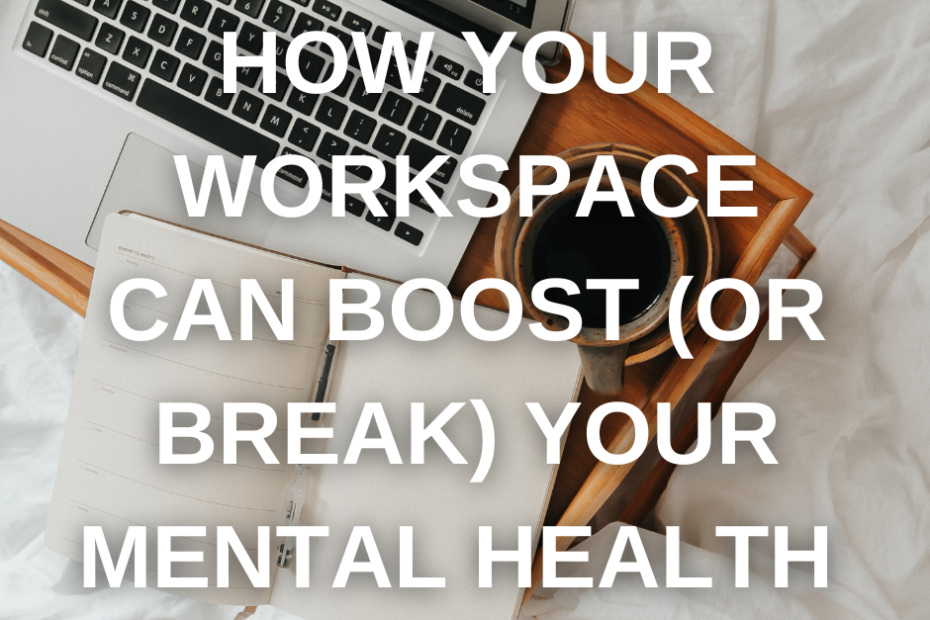Over the past five years, it seems the way we work, and how it affects our mental health, has undergone a radical transformation.
The pandemic didn’t just shift our locations; it completely redefined our relationship with work itself. Hybrid working emerged as a game-changing model, offering freedom and flexibility that we never thought possible.
But as we are still continuing to adapt to this new normal, it has become clear that our workspaces affect how we perform and how we feel!
Most of us spend a significant portion of our week working, whether that’s from a home office, a shared workspace, or the company office. The workspace we choose can have a bigger effect on our mental health than we might realise.
It can shape our stress levels, our energy, our focus, even our happiness.
So how can our workspace actually support our mental health, or potentially undermine it?
What kind of setup offers the perfect balance?
The effects of working from home full time.
When COVID-19 shifted work into our homes, it felt like a breath of fresh air to most of us. No commute, more flexibility, and the comfort of your own space, what’s not to love? (Who else attended Zoom meetings in their pyjamas?)
At first, the shift was energising. We gained control over our routines and had more time for personal activities. However, as time went on, challenges began to emerge.
Without regular face-to-face interaction, many of us began to feel isolated and disconnected from our work mates.
As the lines between work and home became blurred, we found it hard to switch off, leading to longer hours and burnout.
On top of that, some of us felt the weight of distrust, as remote work sometimes led to concerns over how productive we were, especially when there was little visibility into what was being accomplished.
While working from home clearly has benefits, full-time remote work without variety or human interaction can affect both motivation and mental health. For many of us, finding a balance is key.
But office life can be overwhelming…
On the flip side, working in a traditional office full-time can also take a toll on mental health, especially when it lacks flexibility.
Long commutes can drain both our time and energy, leaving little room for family time or “me” time. (Especially if you have to do the school run on top of that!)
Office environments can also be filled with distractions and have an added pressure, which can feel exhausting, leaving us mentally drained by the end of the day. (It is very easy to get involved in every issue in the office!)
That’s why it’s time to rethink what the ideal workspace really looks like.
We don’t want to accept environments that leave us feeling burned out, overstimulated, or stuck in rigid routines.
We should seek a space that offers the best parts of office life, like collaboration and community, without sacrificing flexibility or our wellbeing.
The goal isn’t to reject the office altogether, but to redefine it into a place that supports both productivity and peace of mind.
Finding the right balance
The future of work isn’t about choosing between home or office; it’s about having the freedom to move between both.
Mental health benefits when your workspace supports focus, flexibility, and human connection.
Creating a supportive work environment is becoming essential. One that encourages focus, feels welcoming, and helps us stay connected without adding unnecessary stress.
Because the right space doesn’t just help us work, it helps us feel better while doing it.
By Clare Wellstead
Ready to experience the best of both worlds?
Explore our flexible memberships and find the space that feels like your own. HERE
Read more about mental health and your workspace on our social media platforms this month.
